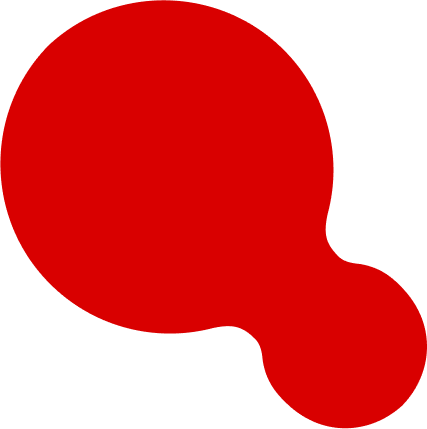Create
Consumer-centric
Values

What's new


Why INTAGE
Japan-born LARGEST Marketing Research and Insights Company
in Asia*
INTAGE offers a vast and sophisticated range of data, including Japan’s largest media contact logs and industry-standard daily shopping and retail sales data, which serve as key benchmarks in Japan.
We also provide a diverse selection of panels across industries such as automotive, finance, and entertainment, allowing you to efficiently and effectively reach your target audiences.
Supported by industry-focused analysts with exceptional research and analytical expertise, we collaborate with our network of offices across ten countries to help you define and execute your marketing strategies.
*Source: 2024 ESOMAR's Global Top Insights Companies report



What
we can do
As Japan-born leading research company in Asia*, INTAGE operates in ten countries and offers over 6,500 projects across more than 60 countries annually.
Leveraging our long-established expertise in research and solid local insights, we are confident in supporting your decision-making processes.
*Source: 2024 ESOMAR's Global Top Insights Companies report


